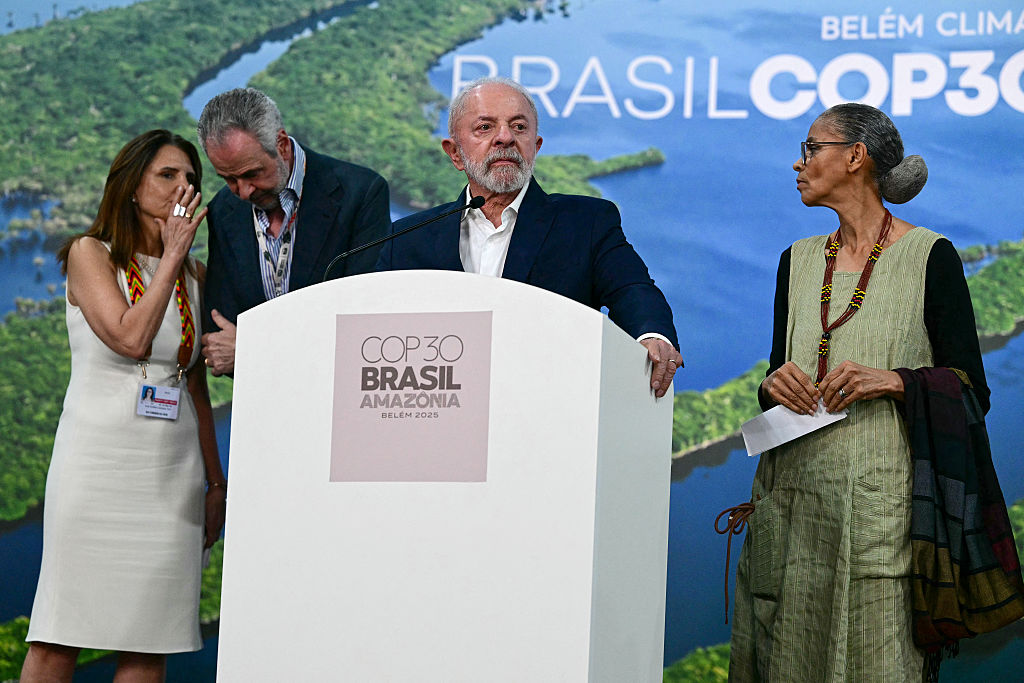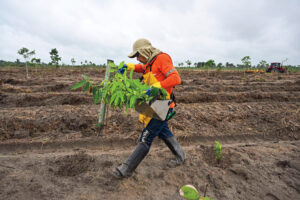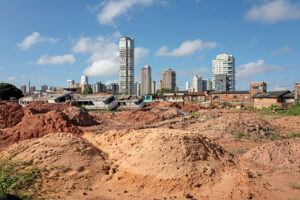BELÉM, Brazil – It began with floods and ended with fires.
In the opening days of the United Nations’ COP30 climate summit, torrential rains turned walkways to rivers around the venue in Belém, Brazil. In the closing stretch, a blaze forced evacuations and stalled talks. The bookends were apt. The summit was literally bracketed by extremes in a city that embodies the front line on climate: Fast-growing, flood-prone, and brimming with the ingenuity and inequity that define the Global South. Belém serves as a reminder that climate diplomacy is no longer a distant conversation among ministers: it is a stress test for the places where most people actually live.
From the start, Brazil pitched COP30 as a mutirão, a collective effort, to bring many hands and voices to the job. It also emphasized the importance of moving from talk to implementation. That framing mattered. It shifted the focus to practical investment in nature protection, grid upgrades, and social inclusion. The UN climate chief, Simon Stiell, called the running scorecard of real-world actions “impressive”, pointing to a trillion-dollar push into clean energy and transmission, a global plan to quadruple sustainable fuels, and a swelling pipeline for adaptation investment. Even as the negotiating text continued to be debated in the summit’s final days, the action agenda kept landing.
Yet the headwinds facing host Brazil were real. The U.S. government stayed away, a geopolitical vacuum that complicated investor calculations and cast a long shadow over discussions on finance and fossil fuels. And while Brazil’s presidency has publicly agreed to take a fossil fuel phase-out plan to the G20, the government green-lit exploratory drilling in the Amazon’s offshore “equatorial margin.” Brazil has also presided over renewed pressure on the Cerrado agricultural frontier, contradictions that opponents seized on and communities feel in their lungs and livelihoods. No amount of good hosting could wish away these tensions.
Logistics, meanwhile, tested patience and principles. In the months leading up to COP30 hotel prices in Belém exploded, threatening to thin out participation from the very countries most exposed to climate harm. Brazil said it was expanding capacity and refused to subsidize lodging. The UN bristled and civil society feared exclusion. As often happens with Brazilian mega-events, anxiety spiked and then the machine – messy, improvisational, and relentless – kicked in. In the end, hotel prices fell sharply before the summit started. Still, the sticker shock will linger as a cautionary tale about equity, access and the practical architecture of multilateralism.
And yet results did arrive, and they matter for Latin America and the Caribbean. The marquee example is forest finance. Brazil and partners launched the Tropical Forests Forever Facility, a mechanism designed to pay countries for keeping forests standing, with a dedicated share for Indigenous peoples. The presidency touted nearly $7 billion in early pledges and endorsements from more than 50 countries. While critics have questions, many outside analysts applauded the facility’s ambition to leverage public money into a much larger endowment-style vehicle managed by a multilateral trustee. If the governance holds, and if safeguards keep communities in the lead, this could finally move forest economics from pilot to policy.
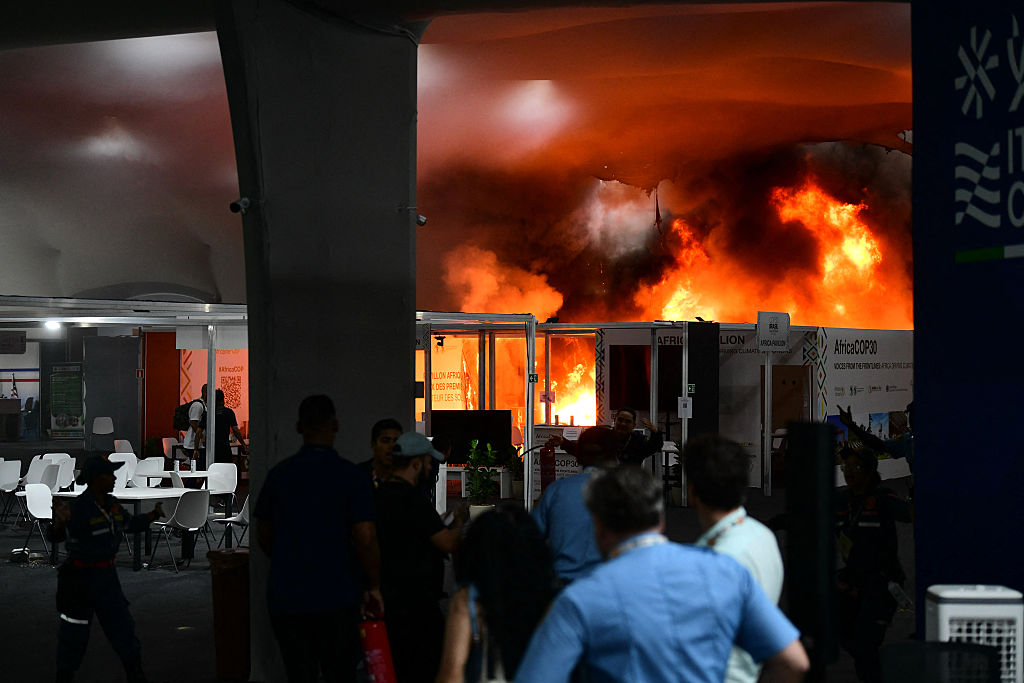
On the demand side of the fossil equation, momentum hardened into a political signal. More than 80 countries from the EU to the Pacific publicly called for a COP30 “roadmap” to phase out fossil fuels. This forced the once-taboo phrase into the draft and clarified that a transition “away” must be linked to clear timelines, targets and finance. With over 1,600 oil and gas lobbyists at COP30, petrostates pushed back. Divisions were also apparent in Brazil’s own cabinet. But with Brazil’s President Luiz Inacio Lula da Silva pushing for the roadmap, there are signs that the center of gravity is shifting.
The ocean agenda, long a sideshow, moved into the main tent. Building on pre-COP groundwork, governments used Belém to advance a Blue NDC Challenge. Their goal is to hard-wire ocean action into national climate plans, or NDCs, and to co-design new blue-finance channels aimed at mobilizing billions for coastal resilience, fisheries, renewables and port decarbonization. In practical terms, that means mangrove protection and restoration along the vast coastlines of Latin America and the Caribbean, more resilient tourism economies, and defensible livelihoods for small-scale fishers. The Mangrove Breakthrough’s new catalytic facility underscored that a “nature-positive” economy can be investable at scale.
There was also a sharp shift toward investing in adaptation. The UN’s program in Belém centered on accelerating implementation. Inside and outside the main venue, ministries, mayors, and development banks aligned around the unglamorous but vital work of early-warning systems, heat-health protocols, resilient health care, and urban water management. For the region’s emerging cities, that was the most relevant news: a clearer pipeline of finance and practice for services that citizens can actually feel including cooler clinics, safer floodways, and reliable power.
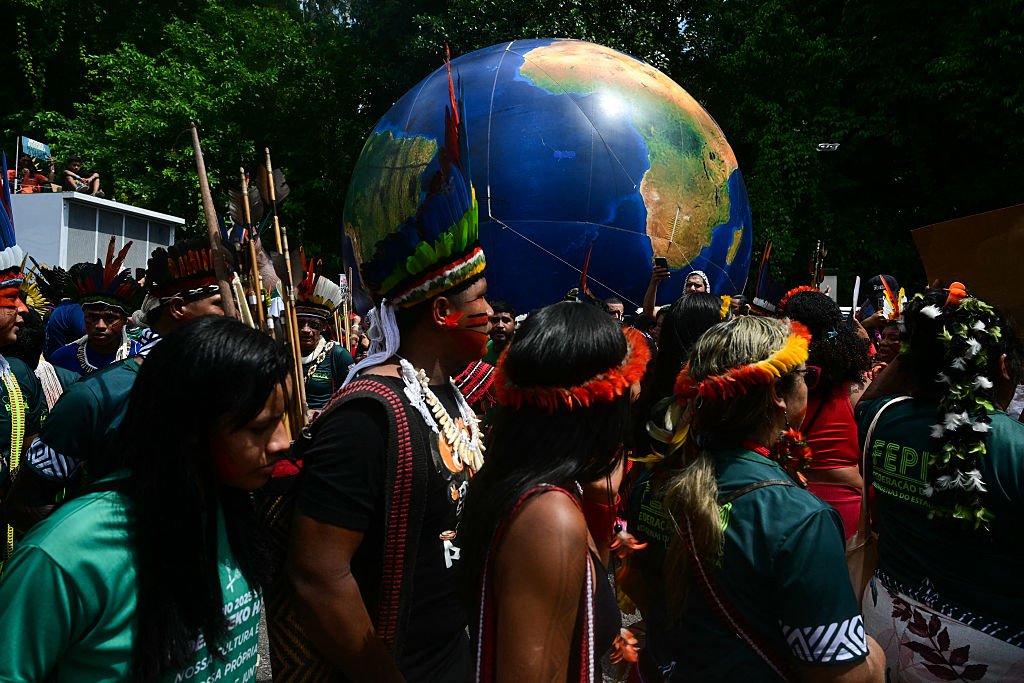
Perhaps the most contested “result” was democratic space. COP30 was, by multiple counts, the second-largest COP in history and the most inclusive in years, with the highest participation of Indigenous peoples on record. And for the first time since 2021, mass street demonstrations were permitted during a UN climate summit, with over 70,000 people marching in Belém, and frequent protests at the venue gates. Not everyone celebrated; some feared disruptions, others worried about security. But the return of visible dissent is not a sideshow. It is part of the climate governance toolkit, a pressure valve and a compass that keeps technocracy from drifting away from the people who stand to gain or lose the most.
None of this erases the contradictions. It is odd to hear Brazil call for a fossil phase-down while championing new oil frontiers. And it is sobering to celebrate “implementation” of 117 new initiatives while basic metrics on global emissions, adaptation gaps, finance delivery still lag. But politics is often about directional travel, not instant arrival. What distinguishes Belém is that, even as negotiations grind toward an uncertain endgame, the outer ring of the summit seeded programs, facilities, and coalitions with a fighting chance to outlast the news cycle and change baselines in the Americas. That is ultimately how a region will measure success: fewer blackouts when heat domes park over capital cities; mangroves that blunt storm surges in the Antilles; ranching and soy systems in the Cerrado that expand yields without razing habitat; new jobs in grid build-out from Maranhão to Medellín. The scoreboard is a to-do list with deadlines.
Nor will COP30 results be welcome news to everyone. We can expect pushback from conservative and far-right leaders who cast climate policy as culture war or as a threat to oil, mining, and agribusiness. They will frame the transition as an elite imposition, a tax on working families, or a land grab against ranchers and smallholders. In Latin America, as elsewhere, the only durable answer is performance: pair every forest, fuel, and ocean commitment with real jobs, real equity, and real fairness—visible work in ports and power grids, affordable bills for households, retraining with placement guarantees, revenue-sharing with municipalities and Indigenous territories, local procurement with anti-corruption safeguards, and compensation for those who stand to lose. What is required are broad coalitions made up of mayors, unions, churches, small businesses, and farmers that deliver measurable benefits. Otherwise, the backlash will outpace the transition, and the politics will swallow the policy.
Which brings us back to the metaphor. Floods at the opening, fires near the close. For Belém, that was an inconvenience. For policymakers, it is instruction. The Americas cannot afford another cycle of pledges unmoored from on-the-ground realities. Nor can they outsource transition risk to the poorest households. The region’s leaders should take the wins from COP30 – the forest facility, the fossil roadmap coalition, the ocean-and-mangrove push, the adaptation architecture – and drive them into budgets, permitting, and procurement. If they do, Latin America and the Caribbean will not only weather the coming storms but also potentially bend the economics of decarbonization and resilience in their favor. And the next time negotiators fly into an Amazonian city, they might find that the roads drain faster, the hospitals keep their cool, the lights stay on, and the fires that flare are only rhetorical.



